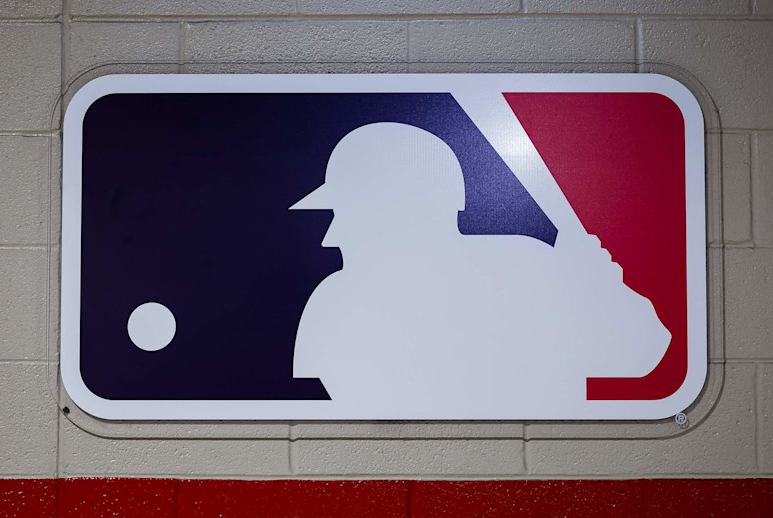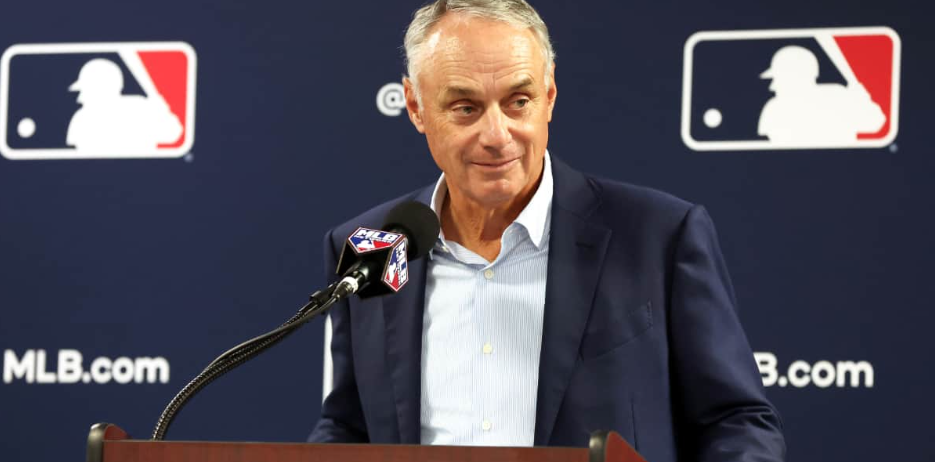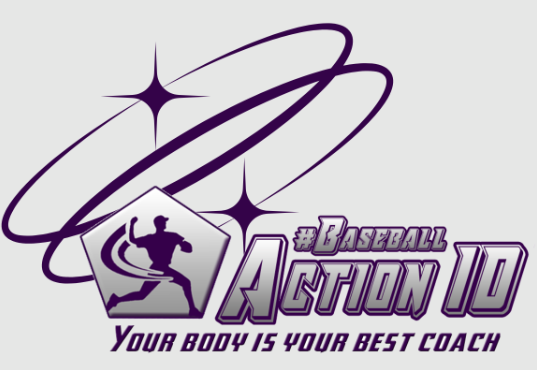Is the New MLB Six-Inning Minimum Rule a Game Changer or a Recipe for More Injuries?
Over the weekend, #BaseballActionID received numerous questions about the newly proposed MLB six-inning minimum rule for starting pitchers. This rule, aimed at reducing the alarming rise in pitching injuries, has sparked much debate in the baseball community. But what exactly is this new rule, and will it help reduce the injury epidemic in Major League Baseball (MLB)?
What is the New MLB Six-Inning Minimum Rule?

The MLB’s proposed six-inning minimum rule would require starting pitchers to complete at least six innings in a game before they can be replaced by a reliever, except in cases of injury or if a pitcher reaches 90 pitches or any other significant game changes. This rule is designed to shift the focus away from short-term pitching strategies, like high-velocity throws, which have been linked to the rise in arm injuries among pitchers. The idea is that by encouraging pitchers to go deeper into games, teams will prioritize long-term arm health over immediate gains.
The Importance of Assessing Individual Motor Preferences
The main argument put forward by #BaseballActionID is the critical importance of assessing the natural individual motor preferences of each pitcher. Before implementing a rule that requires pitchers to throw deeper into games, it’s essential to understand how each pitcher naturally moves. Every pitcher has unique movement patterns, and forcing them to pitch longer without first ensuring they are operating within their natural window could do more harm than good.
Insights from Alan Jaeger: A Return to Fundamental Arm Health
According to experts like Alan Jaeger, a long toss specialist and arm care advocate, the good news about this proposal is that it encourages a return to fundamental arm conditioning, endurance, and recovery. Jaeger points out that the current obsession with high-velocity pitches is “shocking the arm” and leading to more injuries. By requiring pitchers to go deeper into games, the hope is that teams will prioritize long-term arm health over short-term gains in velocity.
However, while Jaeger’s perspective highlights the potential benefits of the six-inning rule, #BaseballActionID supports Alan Jaeger’s stance if this new rule is seen as a follow-up step to a thorough assessment of each pitcher’s individual motor preferences. Without this crucial step, forcing pitchers to throw deeper into games could actually increase the risk of injury, as they may be pushed even more to move outside their natural movement patterns, increasing stress on their bodies.
The Potential Risks of the Six-Inning Rule
While the six-inning minimum rule might seem like a step in the right direction, it could actually exacerbate the injury epidemic if not implemented with careful consideration of each pitcher’s individual motor preferences. Without a thorough assessment to determine how a pitcher naturally moves, the rule could force pitchers to throw deeper into games while moving outside their natural window of movement. This would only increase the stress on their bodies, leading to an ever higher risk of injuries.

The injury epidemic among MLB pitchers can be attributed, in large part, to a failure to respect individual motor preferences. Over the past 40 months, there have been approximately 550 Tommy John surgeries in the MLB—a staggering number that highlights the severity of the problem. Despite advances in biomechanics and technology, the root cause of these injuries remains the same: pitchers are being forced to move in ways that are unnatural for their bodies.
Coaches, instructors, and biomechanical experts often impose unnatural postures and movements on pitchers, leading to serious injuries. This is because they overlook “The 2 ABSOLUTES” of natural individual motor preferences:
1. Hip vs. Shoulder Strategy: Pitchers either use a hip or shoulder strategy to power their movements, depending on where their spine is most flexible.
2. Vertical vs. Horizontal Organization: The pitcher’s healthiest and most efficient release point is determined by whether they have a vertical or horizontal organization in their body mechanics.
When a pitcher’s natural arm slot is altered to fit a standardized technique, and they are required to pitch longer into games without this consideration, the risk of injury increases significantly.
The Hidden Dangers of Baseball Analytics
Another critical aspect that #BaseballActionID emphasizes is the potential dangers of over-reliance on baseball analytics. While data-driven insights have revolutionized the game, they also come with hidden risks, particularly when applied rigidly to pitching.
In today’s MLB, analytics often dictate how pitchers are trained, managed, and even evaluated. However, this analytical approach can lead to a one-size-fits-all mindset that overlooks the nuances of individual motor preferences. When data becomes the sole driver of decision-making, there is a danger of ignoring the unique biomechanical needs of each pitcher, because we will never be able to get data on the internal process of the individual but only about the outcome.
The reliance on analytics has contributed to the focus on velocity and specific pitch types that data suggests are most effective. This can push pitchers to adopt techniques (arm angles) that are not aligned with their natural movement patterns, increasing the risk of injury. As #BaseballActionID points out, the human body is not a machine, and trying to mould it to fit a statistical model can have disastrous consequences.
Embracing Individualized Pitching Styles
For the new six-inning minimum rule to be effective, it must be coupled with an understanding of each pitcher’s unique motor preferences. Instead of trying to mould pitchers into a one-size-fits-all ‘data’ approach, MLB teams should embrace the diversity of pitching styles. Each pitcher has their strengths and movements that deserve to be celebrated, not stifled.
Pitching is not just about control and technique; it’s about expression. When pitchers are allowed to move naturally and fluidly, guided by their intentions rather than constraints, they can unlock their full potential and achieve greatness without compromising their health.
Conclusion: A Step Forward, But with Caution
The MLB six-inning minimum rule has the potential to improve pitcher health by encouraging better arm conditioning and endurance as Alan Jaeger stated, the shift in focus from high-velocity throws to long-term arm health is a positive development. However, #BaseballActionID firmly believes this rule can only succeed if it comprehensively assesses each pitcher’s natural movement preferences. Without this crucial step, and without considering the potential pitfalls of an over-reliance on analytics, the rule could unintentionally exacerbate the injury crisis it seeks to resolve. By embracing personalized pitching styles and respecting each pitcher’s unique natural movements, we can truly revolutionise the game and pave the way for a healthier, more dynamic era of baseball.

